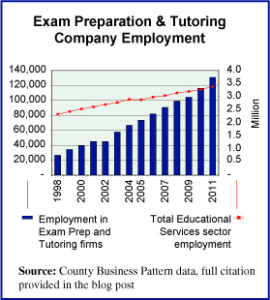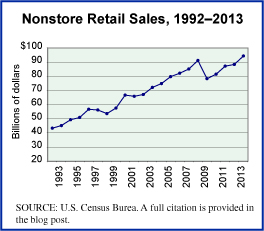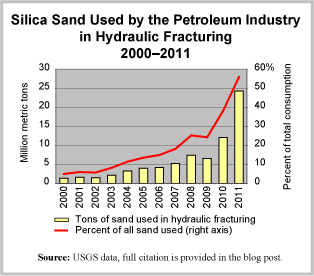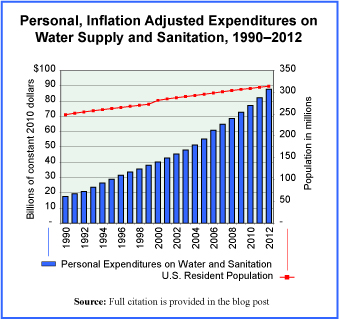The world of games, electronic games, is changing quickly as mobile devices become an ever more important platform on which they’re played. As a result, one may find estimates of sizes for this market that vary greatly, all depending on how a particular source defines the market. What was once primarily a software business—the making of electronic games to be sold, loaded onto a computer and then played—has become something much broader. Access to the Internet and higher speed connections globally have also fueled the growth in this industry.
Today’s market size is an estimate of total revenues—including all platforms, PCs, smartphones, TV and consoles, tablets, and massively multiplayer online (MMO) games—of the global electronic games market in 2012 and a forecast for revenues in 2016.
Geographic reference: World
Year: 2012 and forecast for 2016
Market size: $66.3 billion and $86.1 billion
Source: Dean Takahashi, “Mobile growth will fuel global game market that hits $86.1B by 2016,” VB Gamebeats, June 6, 2013, available online here.
Original source: Newzoo
Posted on March 31, 2014








